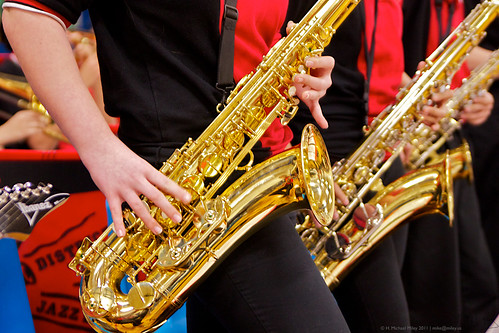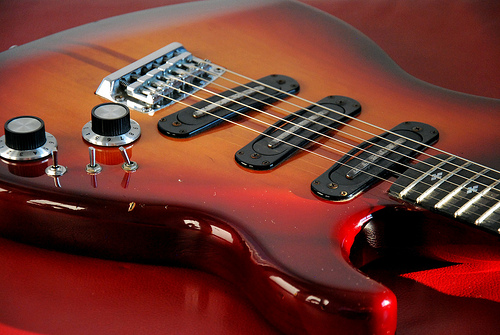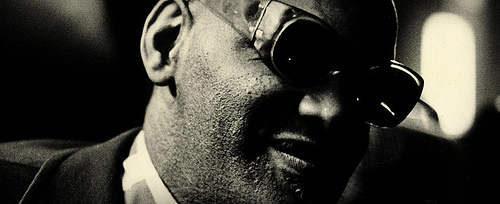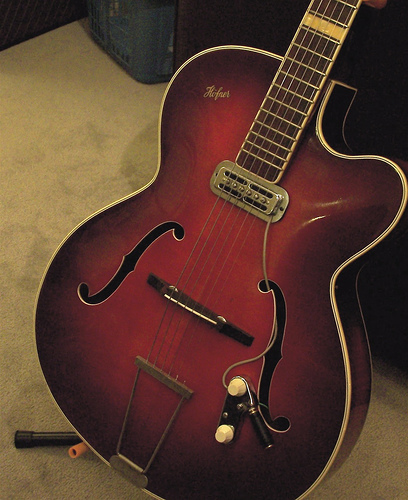What many people do not realise about saxophones is that the whole family was invented in conjunction with one another. Adolphe Sax might be best known for the alto saxophone, but the truth is that his genius was actually behind the design of every saxophone we know and love today.

The tenor saxophone sits alongside the alto as the most popular and common throughout music, both with professional jazz musicians as well as with amateur enthusiasts.
How Tenor Saxophones Stand Out
The easiest way to distinguish a tenor saxophone from an alto or soprano sax is by looking at the crook – the distinctive bend in the neck of the instrument as the tube runs up to the mouthpiece. In comparison to an alto saxophone, the tenor will also have a larger mouthpiece, reed, and ligature.
In terms of the pitch of the tenor saxophone, the instrument in in the key Bb, although some modern tenor saxophones might have the ability to play different notes for a more unique sound.
Where Tenor Saxophones are used
As one of the common variants of sax, you can see tenor saxophones in almost every musical situation. They will often be key components in jazz bands, both large and small, either individually or alongside alto saxophones, and also in marching bands for the military, which was their original purpose when invented, as well as within boy and girl scout groups and other similar institutions.
When played in concert situations, it is common to find the tenor sax playing a supporting role. Often, an alto saxophone, if present, will play the lead and any solos, while the tenor will generally play harmonies in conjunction with other brass instruments of a different mood, such as the trombone.
Within the jazz genre, tenor saxophones are more prominent than the alto in terms of the sound they produce, and tend to be more audible when both are played in harmony, although solo sections will usually be shared depending on the musician and specific sub-genre of jazz being played.
Tenor saxophones are also commonly used if musicians in other genres, especially R&B, are looking to bring a jazz vibe into their music.
Image Source: Mike Miley





